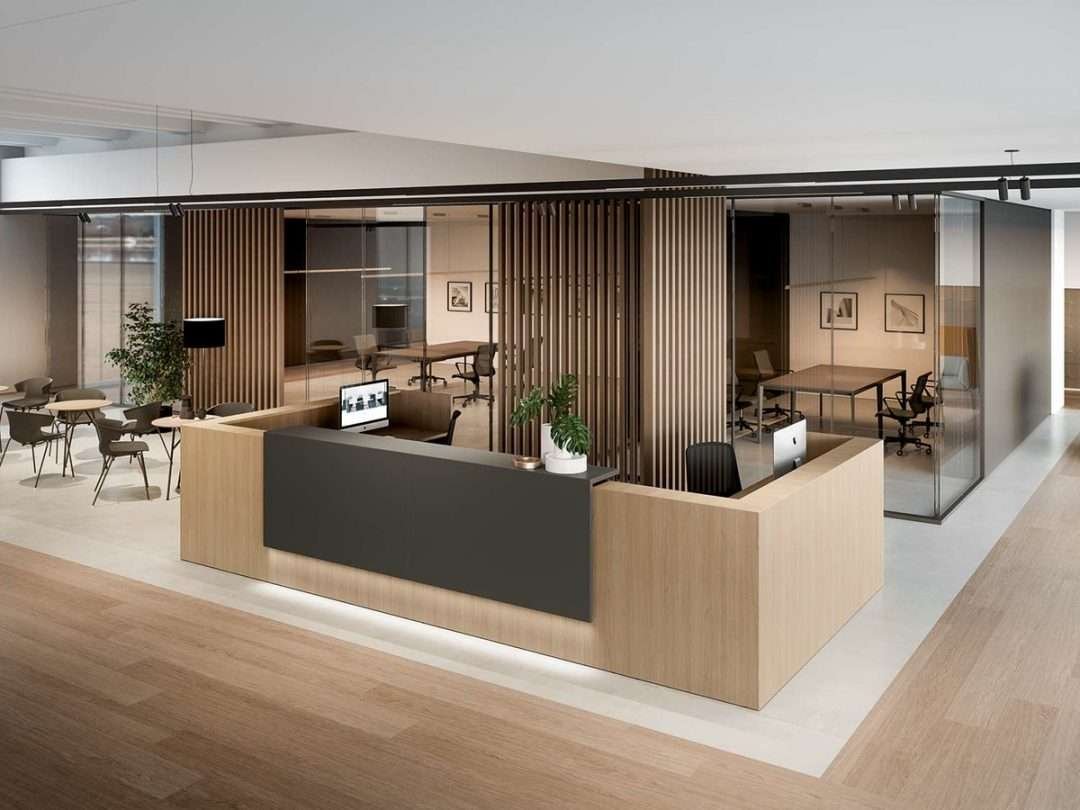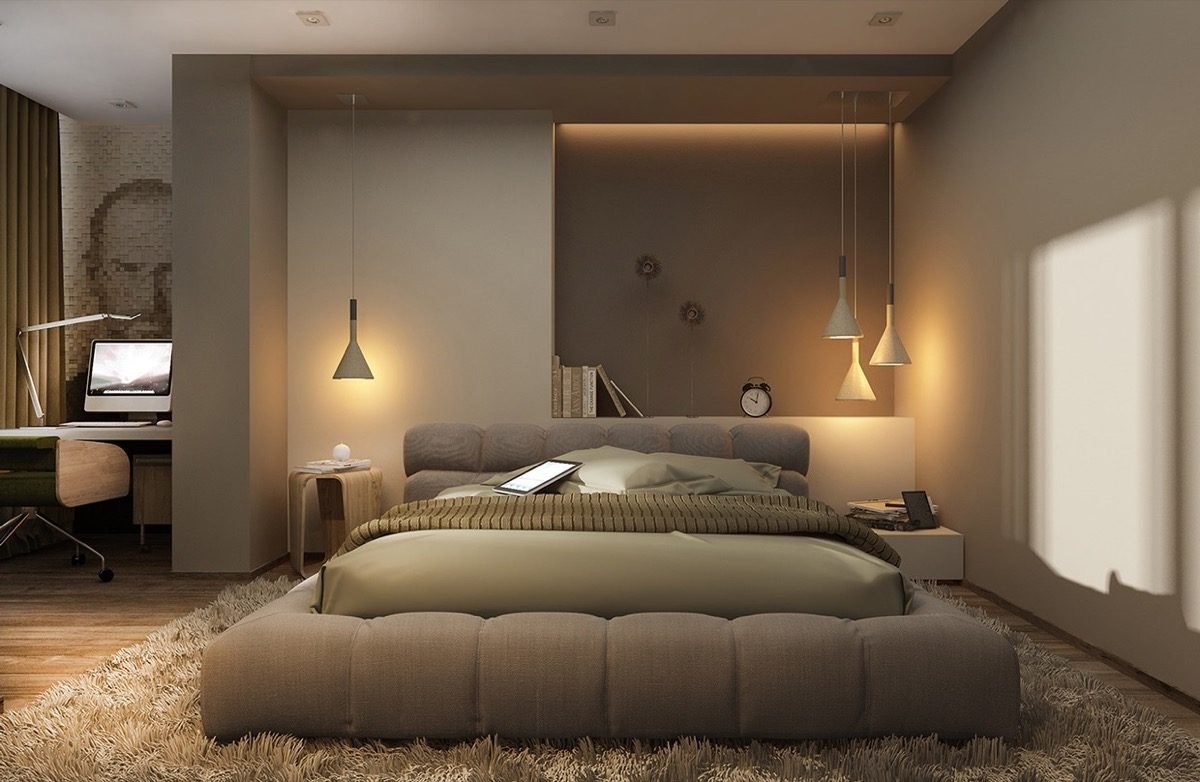Designing Welcoming Reception Areas: Making a Positive First Impression

The reception area of any business is crucial—it’s the first point of contact between the company and its clients or visitors. Designing a reception area that is welcoming and reflective of the company’s brand can significantly influence visitors’ perceptions and set the tone for their entire experience. Here are some key ideas to consider when designing a reception area that makes a positive first impression.
Emphasize Your Brand Through Design
A reception area should be a reflection of your company’s brand, ethos, and aesthetic. Use brand colors and logos strategically to reinforce brand identity. Incorporate elements that speak to the company’s core values and mission. For instance, a tech company might opt for a modern, sleek design with digital displays, whereas a law firm might prefer a more traditional, understated elegance with wood finishes.
Choose the Right Furniture
Selecting the right furniture for your reception area is essential. The reception desk should be both functional and impressive, serving as the focal point of the room. Seating should be comfortable and arranged in a way that promotes conversation while waiting. Furniture should also accommodate the diverse needs of visitors, including accessibility considerations for those with disabilities.
Create a Comfortable Atmosphere
Comfort is key in making visitors feel welcome. Ensure the reception area is neither too hot nor too cold. Consider adding elements like plush seating, ambient lighting, and perhaps a coffee machine or water dispenser to make guests feel at home. Plants can add a touch of warmth and bring life to the space, and art pieces can serve as conversation starters or provide visual interest.
Optimize Lighting
Lighting plays a crucial role in setting the mood. Natural light is ideal, as it can make the space feel larger and more inviting. If natural light isn’t sufficient, ensure the area is well-lit with a combination of ambient, task, and accent lighting to create a welcoming atmosphere without being harsh or overwhelming.
Incorporate Technology
In today’s digital age, incorporating technology into your reception area can streamline processes and enhance the visitor experience. Digital sign-in systems can reduce wait times and improve efficiency. Screens displaying company news, achievements, or promotions can engage visitors and communicate key messages about your business.
Prioritize Cleanliness and Organization
The clean and organized reception area is fundamental. Clutter can be distracting and give a poor first impression. Ensure that the area is regularly cleaned and that magazines, brochures, and decorative elements are neatly organized. This attention to detail shows that your company values professionalism and order.
Conclusion
At Urban Canvas Design Studio, we understand that the reception area is more than just a waiting room—it’s an integral part of your company’s identity and the first chapter in the story you tell your visitors. Our designs focus on creating spaces that are not only visually appealing but also embody the values and spirit of your brand.
Is your reception area making the right first impression? Contact Urban Canvas Design Studio by filling out the form below. Let us help you design a reception space that welcomes, impresses, and stands out. For more information or to book a consultation, contact Urban Canvas at +91 81001 12900 or hello@urbancanvas.xyz.






